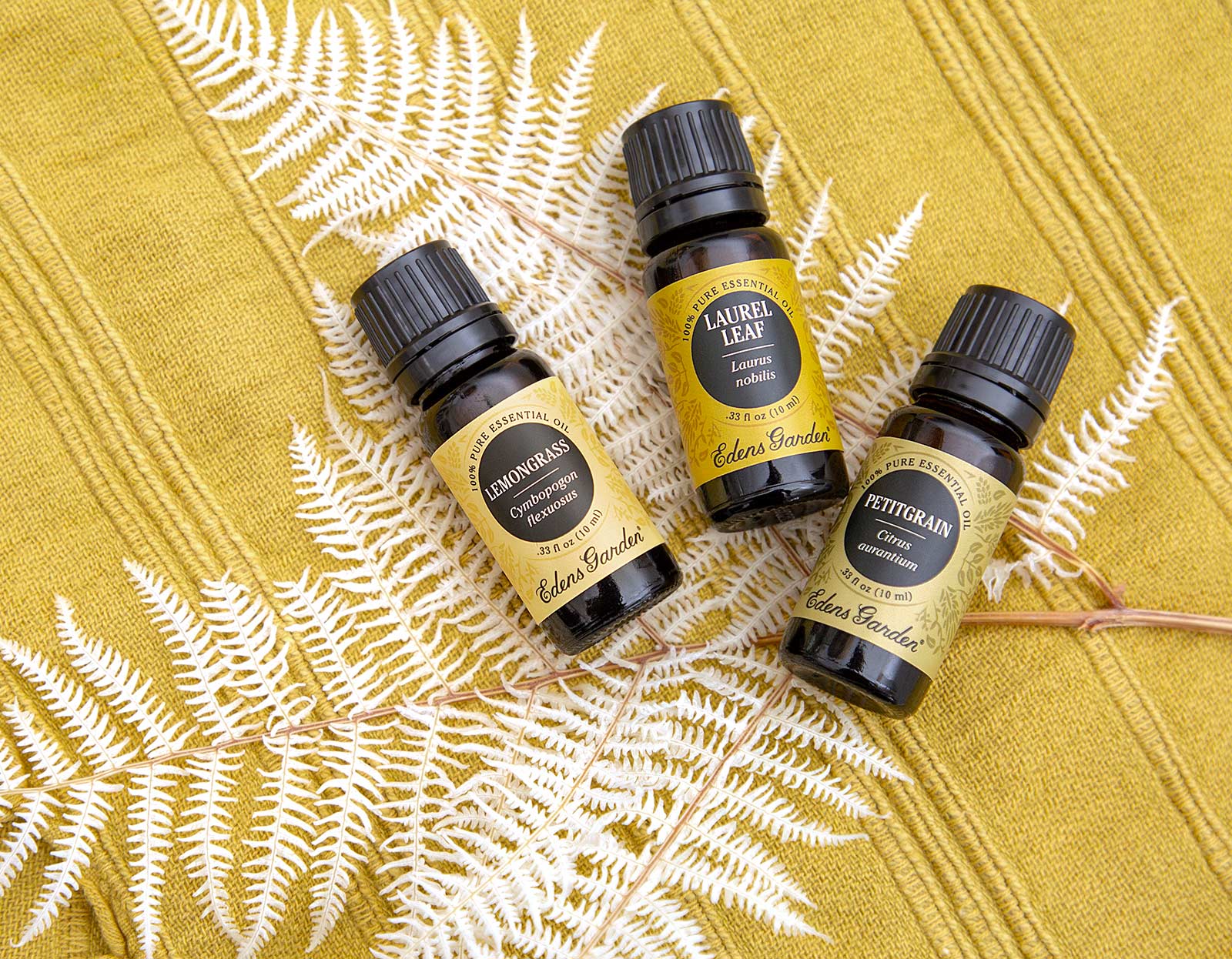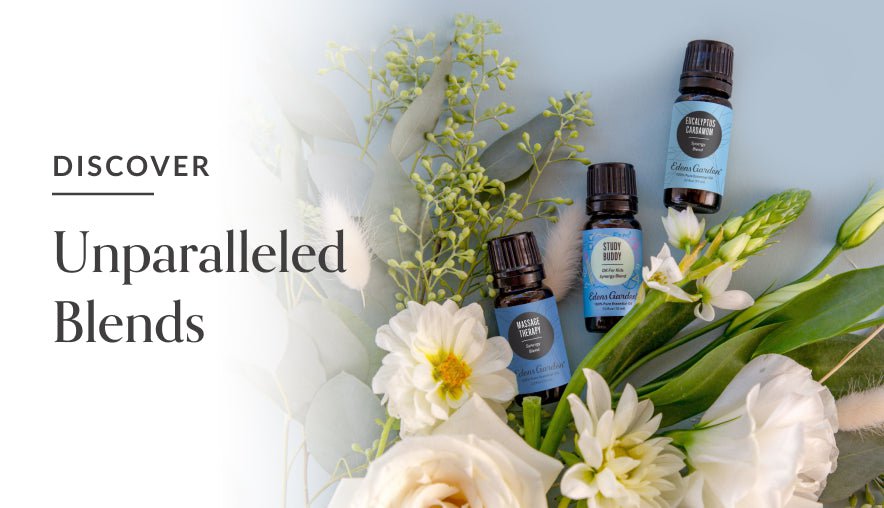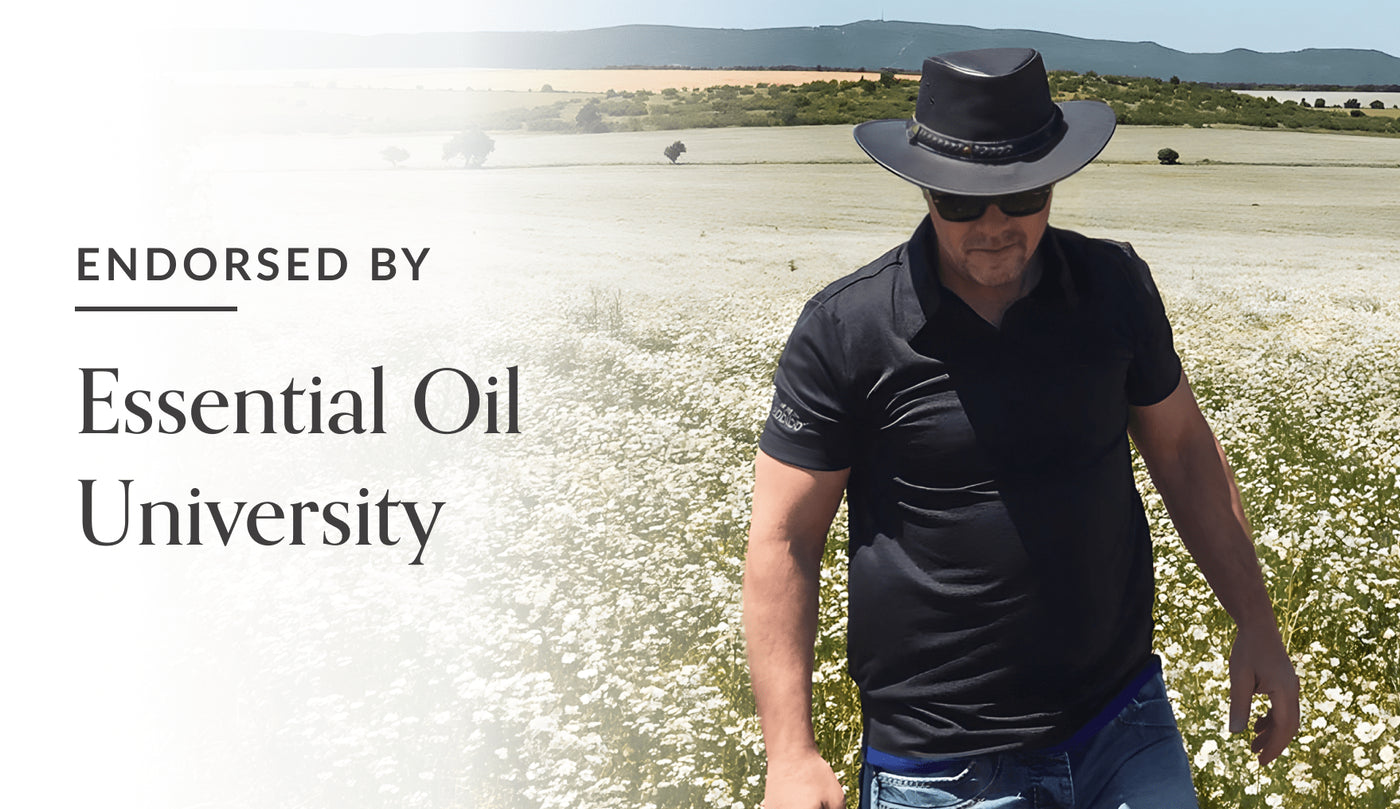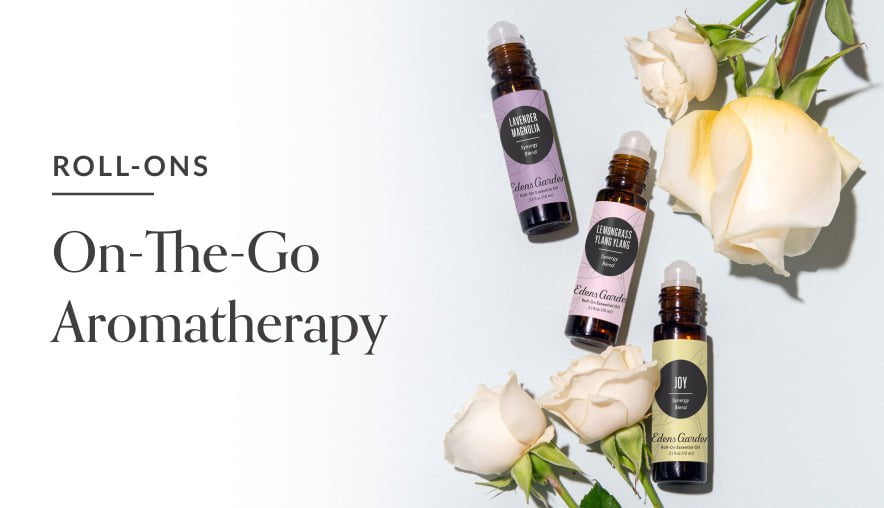What Is An Essential Oil?

When it comes to using essential oils, it’s important to know how to use them safely and what each oil is used for, but it’s also important to know the basics. Before you dive into making your own blends or learning about which diffuser is right for you, you may want to ask yourself- do I know what an essential oil is?
Whether you’re just now learning or need a refresher, Edens Garden is going back to the basics.
What is an essential oil?
Plants contain ‘essences’ which are beneficial to the plants and beneficial to humans once it becomes an essential oil. An essential oil is the aromatic substance produced by distillation or cold pressing of plant material. Distillation and cold pressing are two different methods of obtaining the essential oil, and in both cases, water is the medium from which the oil is separated.
Steam Distillation
The most common way essential oils are produced is through steam distillation. Not all steam distillation units are created equally. They can vary in shape, size, material, etc. However, they all share a similar mechanism. In steam distillation, plant material is placed in a still. Water is added, then heat is applied to the unit. As water heats, plants release their essential oil. The oil rises with steam droplets that are sucked into a pipe. The oil and water (hydrosol) are joined at this point, and then separated.
Cold Pressing
In obtaining an essential oil, certain plants are better suited for cold pressing, like citrus fruits. Citrus can be difficult to steam-distill because they produce non-volatile particles (like natural waxes) which can clog the still in steam distillation. Cold-pressed citrus also generally produces a more desirable aroma in oils. On the other hand,the phototoxic furanocoumarins that occur naturally in certain citrus fruits remain intact in the cold-pressed oil. In steam-distillation, the furanocoumarins are filtered out.
A cold press works by pricking the citrus rinds, causing the essential oil to be released. Some fruit juice is also released in the process. The oil and juice then drip down into a container and are separated in a centrifuge.
Additional Ways to Obtain Oils
There are additional ways to obtain aromatic oils, including solvent extraction and CO2 extraction. However, both methods produce oils that are not considered essential oils because they produce oils that are similar yet different enough to be classified in their own category.
Each essential oil and aromatic oil are made up of tens to hundreds of natural constituents that lend each oil to have different types of therapeutic benefits and aromas.
Why do plants have essences?
We use essential oils for a variety of different reasons, but what do plants use their own essences for? Plants use their essences to attract pollinators such as bees, to prevent other plants from growing around them (also known as allelopathy), to defend against predators and to protect itself from bacteria and disease.[1]
What are essential oils used for?
Common essential oil constituents include limonene, linalool, pinene, camphor, and menthol. Each has their own therapeutic benefits. Through studies and tests, essential oils have proven themselves to benefit humans in a plethora of ways. A simple search for essential oils on the US National Library of Medicine[2] will reveal thousands of studies done on essential oils and their efficacy in helping to improve sleep, reduce pain, ease stress, heal skin, kill bacteria and more. For example:
- In 2007, researchers studied the effects of santalol on rats. They found that it helped to improve sleep cycles—even in test subjects with impaired olfactory systems! They postulate that when used in aromatherapy, Sandalwood enters the bloodstream through olfaction, carrying a sedative effect throughout the body.[3]
- In a lab study, b-caryophyllene was found to boost the effects of morphine when used in combination with each other, thus reducing the need for a higher morphine dosage and lowering the undesirable side effects of morphine.[4]
- In 2015, researchers studied Lemongrass’ calming effect, measuring how aromatherapy influenced test subjects’ stress levels and the time it took them to complete a task. People who inhaled Lemongrass reported less nervousness than those in the control group. What’s more, they completed the task at a faster pace.[5]
Where can I learn about essential oils?
The Edens Garden blog is a great place to look for answers to all your essential oil questions. It’s filled with information written by certified aromatherapists and essential oil specialists alike. For more info, find us on Facebook and join the Edens Garden Focus Group (EGFG), contact our customer service team or our in-house aromatherapists. Need a place to start? Check out this blog post on resources for essential oil beginners.
Sources:
- “NAHA | Exploring Aromatherapy.” National Association of Holistic Aromatherapy, NAHA, naha.org/explore-aromatherapy/about-aromatherapy/what-are-essential-oils. Accessed 9 Oct. 2020.
- “Essential Oil - Search Results.” PubMed, pubmed.ncbi.nlm.nih.gov/?term=essential%20oil. Accessed 9 Oct. 2020.
- Ohmori, Asae et al. “Effect of santalol on the sleep-wake cycle in sleep-disturbed rats.” Japanese Journal of Neuropsychopharmacology 27.4 (2007): 167-171. https://okayama.pure.elsevier.com/en/publications/effect-of-santalol-on-the-sleep-wake-cycle-in-sleep-disturbed-rat
- Katsuyama, S. “Involvement of Peripheral Cannabinoid and Opioid Receptors in β-Caryophyllene-Induced Antinociception.” PubMed, May 2013, pubmed.ncbi.nlm.nih.gov/23138934.
- Costa Goes, Tiago et al. “Effect of Lemongrass Aroma on Experimental Anxiety in Humans.” The Journal of Alternative and Complementary Medicine. 21.12 (2105): 766-773. .http://doi.org/10.1089/acm.2015.0099




Leave a comment (Comments will be approved before showing up)